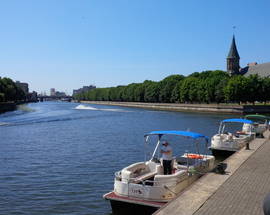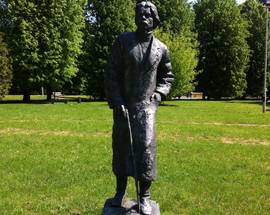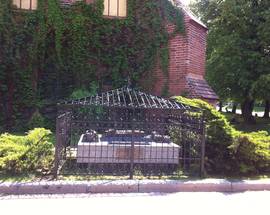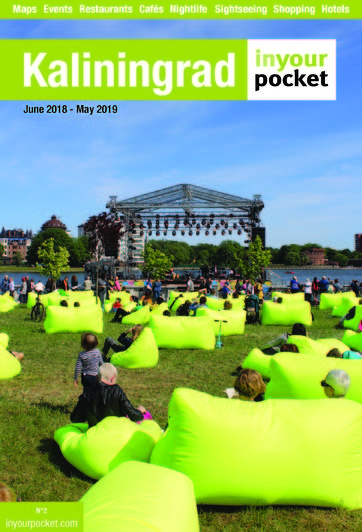Kant Island
From then on it became a key district of the quickly expanding city, especially in terms of trade and as a connecting administrative hub for all the surrounding areas. It also became the focal point for the city's intelligentsia when, in 1544, the original Albertina University building was inaugurated at the north-eastern corner of the cathedral. Sadly lost in WW2, this was where the renowned philosopher Immanuel Kant worked and taught, and his tomb is situated directly opposite where the building once stood. By the mid-19th century, the rest of the island was densely populated with tall, narrow townhouses (the likes of which may still be seen in other Hanseatic cities such as Stockholm and Gdansk) but, as with the Albertina, these were all but wiped out by Allied air strikes.
Nowadays, following a massive regeneration project by the local authorities, it is one of the must-visit tourist spots in the city, not just for the cathedral but also for the Kant Museum, Kant's Tomb, the Albrecht of Prussia statue, the statue park and, in general, the greenery and views.








Comments